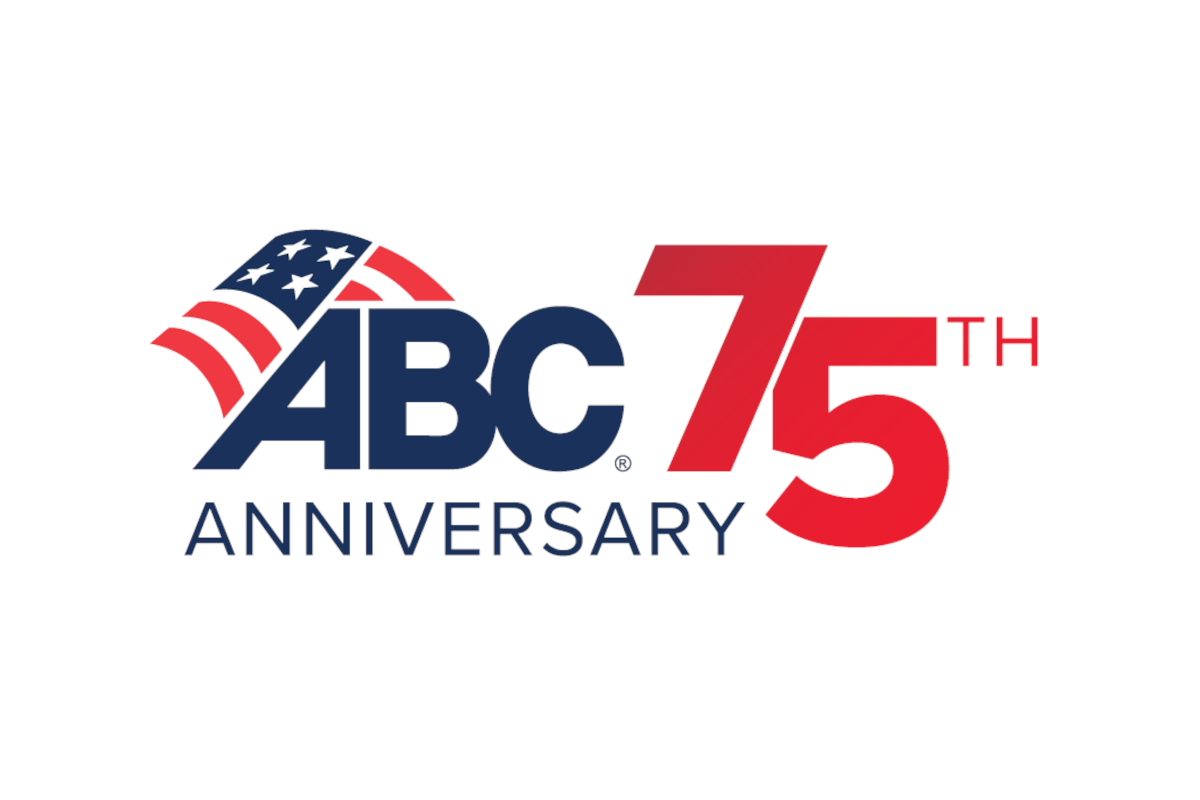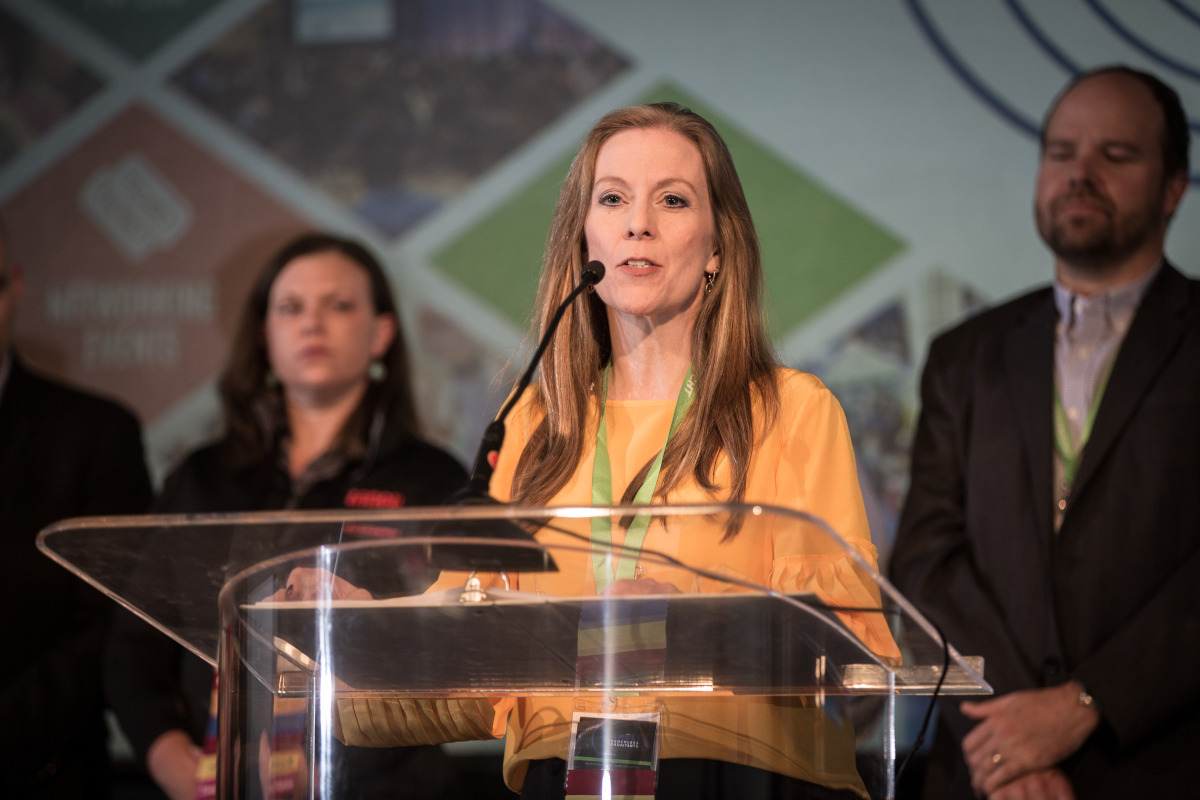
How One Utility Gets Its Message Out
July 26, 2016
Editor’s Note: Leading up to World Trenchless Day on Sept. 22, we asked the Northeast Ohio Regional Sewer District to share with our readers how the utility connects with the community about the work it does.3 Reasons your Utility Comms Fail (and What to Do About It)
Infrastructure touches every aspect of our civilized lives. So why is it so hard for utilities to talk about it effectively?
In a media age where communication is instant, omnipresent, and constant, everyone is shouting into a crowd of distractions. Effective public relations are critical for water and wastewater utilities to gain community support, address concerns, build trust, and promote transparency.
Yet many public utilities struggle to commit the proper resources to engage customers effectively. When that happens, communication fails, and the cause is often one of three things.
No strategy.
Many utilities embrace a strategic plan to guide their work over time. NEORSD sure does, and a new one is in the works this year. But do agencies’ communications and community relations staff develop a similar plan for outreach?
Such an effort takes time and cooperation, and when resources are limited, that’s an intimidating consideration. But more intimidating is the loss of resources invested in projects without foresight or metrics.

While NEORSD has found community partnerships, media relationships, and government affairs to be quality areas of focus, social has been one of our more creative venues for sharing messages with followers.
What to do about it?
A communications strategy with clearly defined goals, objectives, and metrics gives direction to staff and leadership while ensuring progress can be measured, quantified, and ultimately valued. NEORSD produces one every few years to measure its work against the organization’s strategy. Establishing a plan aligned with organizational goals pays long-term dividends.
Start with your organization’s plan and see where communications and community relations come into play:
- What role does it have in you accomplishing your goals?
- Do you have voices of support on your leadership team (or can you be the vocal member within your leadership team)?
- What does success look like?
- Who will contribute to your success and who needs your communications help to do their jobs well, or do them better?
All of these questions get important conversations started and help address the next possible weakness: No structure.
Goals identify where a utility wants or needs to be, but a formalized system is how the work gets done. Without an understanding of the resources needed — from personnel to financial to work hours — communication efforts can become ineffective at best or, at worst, overwhelming.
When NEORSD broadened its communications efforts in the early 2000s, structure was critical. We assessed what our needs were, where we were strongest, and what we would need to address current and anticipated challenges. This took time, but was time well spent.
What to do about it?
- Even limited staffs can empower the resources they do have to make the most of the efforts they undertake when planned properly. Consider:Which personnel make up your team? (Directly or indirectly)
- What are your priorities? Everyone has them, but are your teams’ priorities aligned?
- Are there in-house talents that can be capitalized upon for greater ownership?
- What will a successful communications strategy cost to implement? More importantly, what is success (or failure) ultimately worth to your customers?
- Can internal or external partners be part of the implementation? Broadening your talent pool may help your strategy as long as you have the right project leadership in place.
So strategy and structure are two legs of the stool. But missing the third leg can leave you at a disadvantage. No substance.
Utilities have expectations of their customers (to pay their bills), and customers have expectations of their utilities (to ensure reliable service). Don’t we have expectations from the media we engage with, as well?
Utilities often communicate only what they have to, rather than communicating the information customers want or need. Most of us only engage with media that interests, educates, or entertains us. So why would you want your utility’s communications to lack these qualities?
While NEORSD has found community partnerships, media relationships, and government affairs to be quality areas of focus, social has been one of our more creative venues for sharing messages with followers. Social can be a creative space to engage with customers, follow trending topics, crack jokes and just be honest. That doesn’t come without risks, but not being aware of the potential is just as risky, if not more so.
What to do about it?
Utilities communication efforts must find creative and effective ways to make their messages engaging, educational, or yes, even entertaining. Consider:
- Where are customers talking about our work? Can we be a part of those events?
- What are the attitudes and values of your customers related to your work? What do you have in common?
- Does it make more sense to expect customers to come to you, or can you take your messages to your customers to meet them where they are? Each intent may have value depending on your goals and messages.
All of these questions can have answers to clarify your direction and give your communications the substance they need.
From 1972 to the early 2000s, the Northeast Ohio Regional Sewer District protected the environment and reduced pollution, but did so “under the radar” with little emphasis on outreach and communication. When circumstances in the 2000s led us to reevaluate that approach, the result was a comprehensive strategy and new commitment to the value of public relations to promote who we are, what we do, how we do it, and why our work matters.
Customer surveys have shown the investment of resources has furthered our messages and affected customer behaviors. By embracing a shared communication strategy, developing a structure, and giving outreach efforts substance and value, utilities can engage, educate, and perhaps even entertain customers like never before.
John Gonzalez is manager of communications at Northeast Ohio Regional Sewer District




